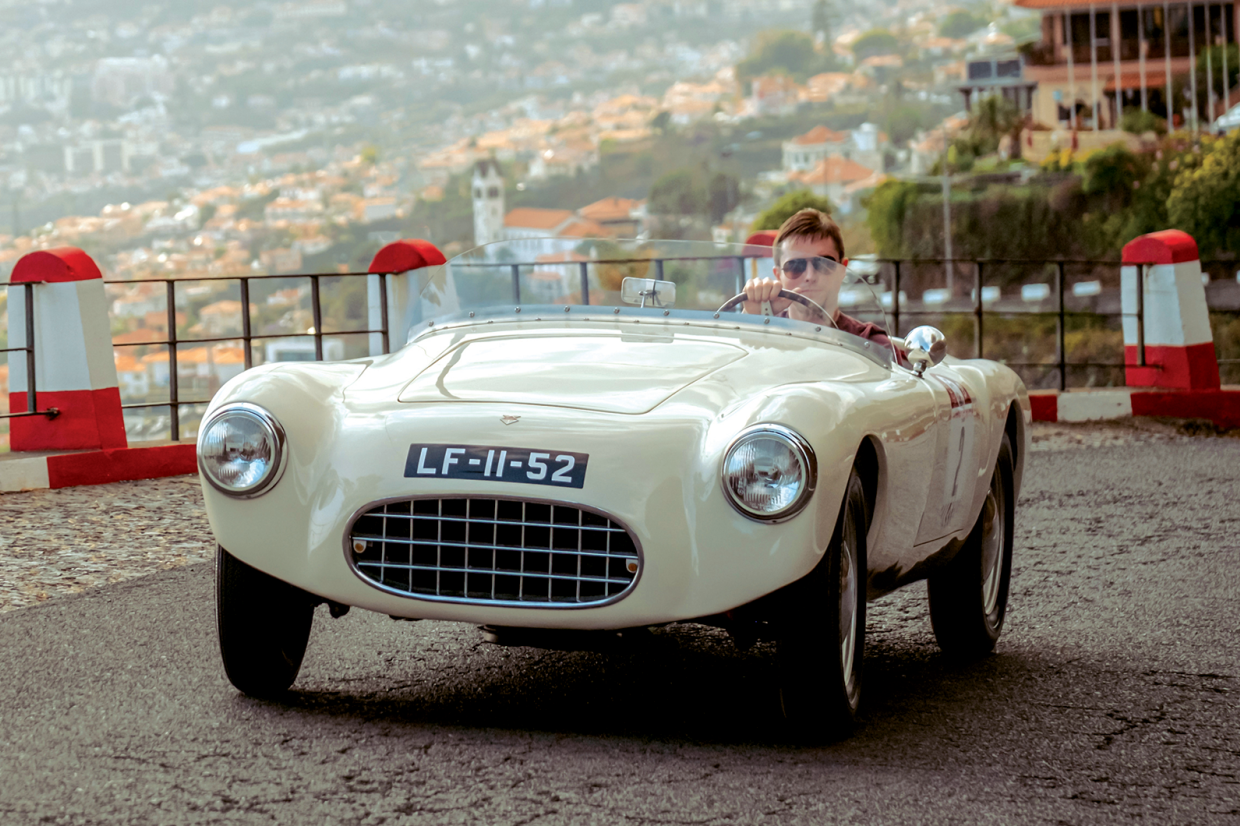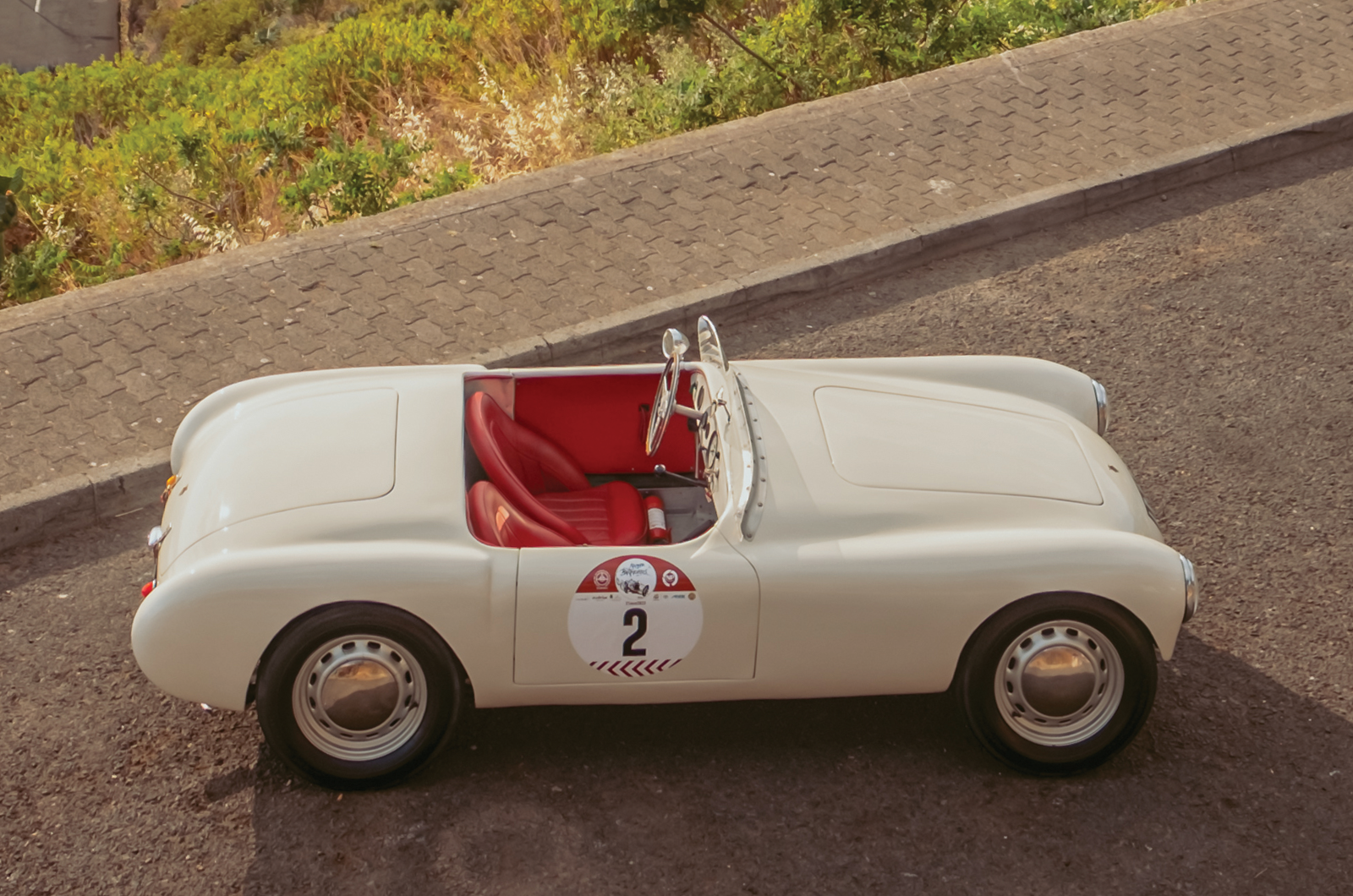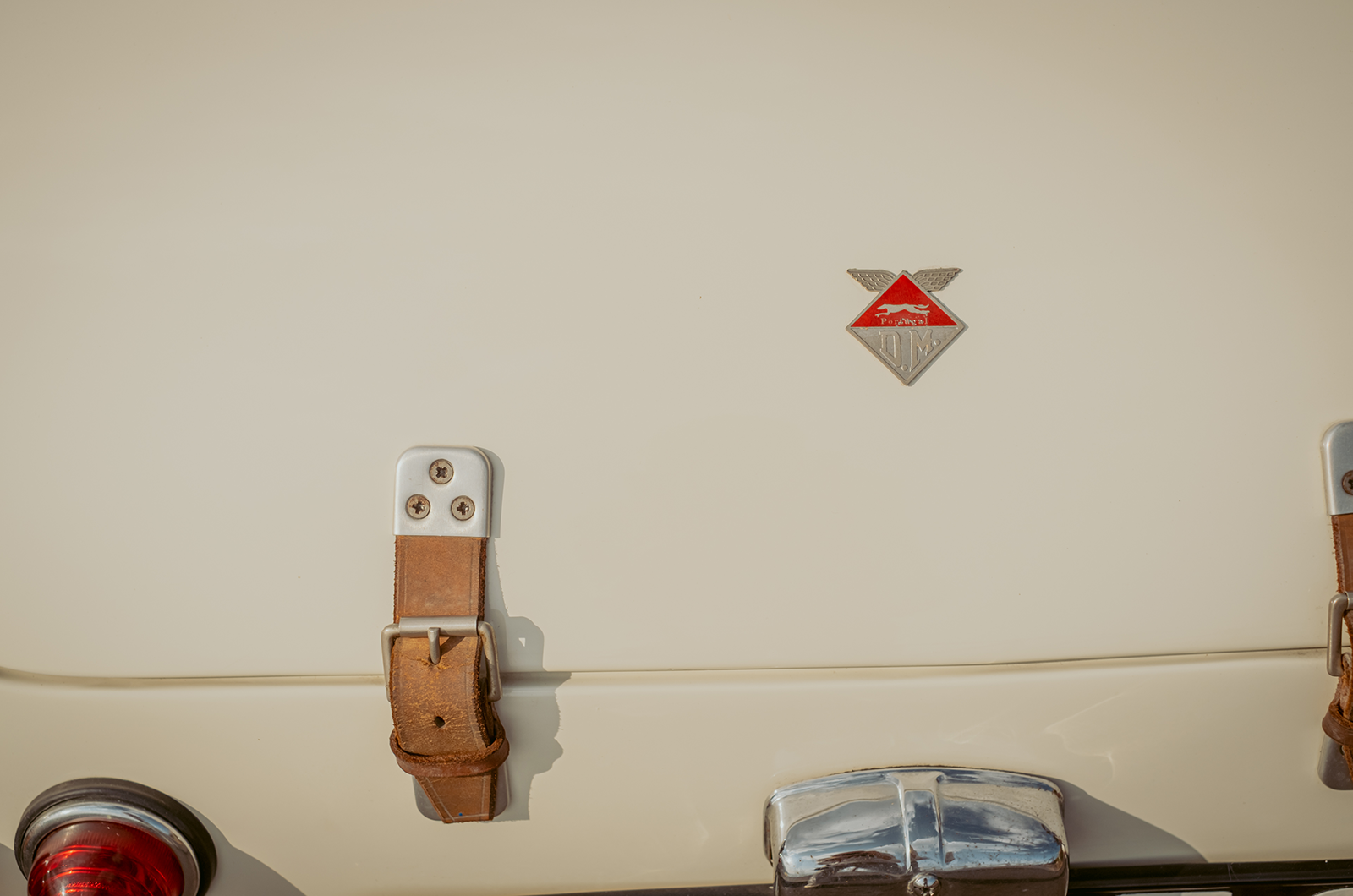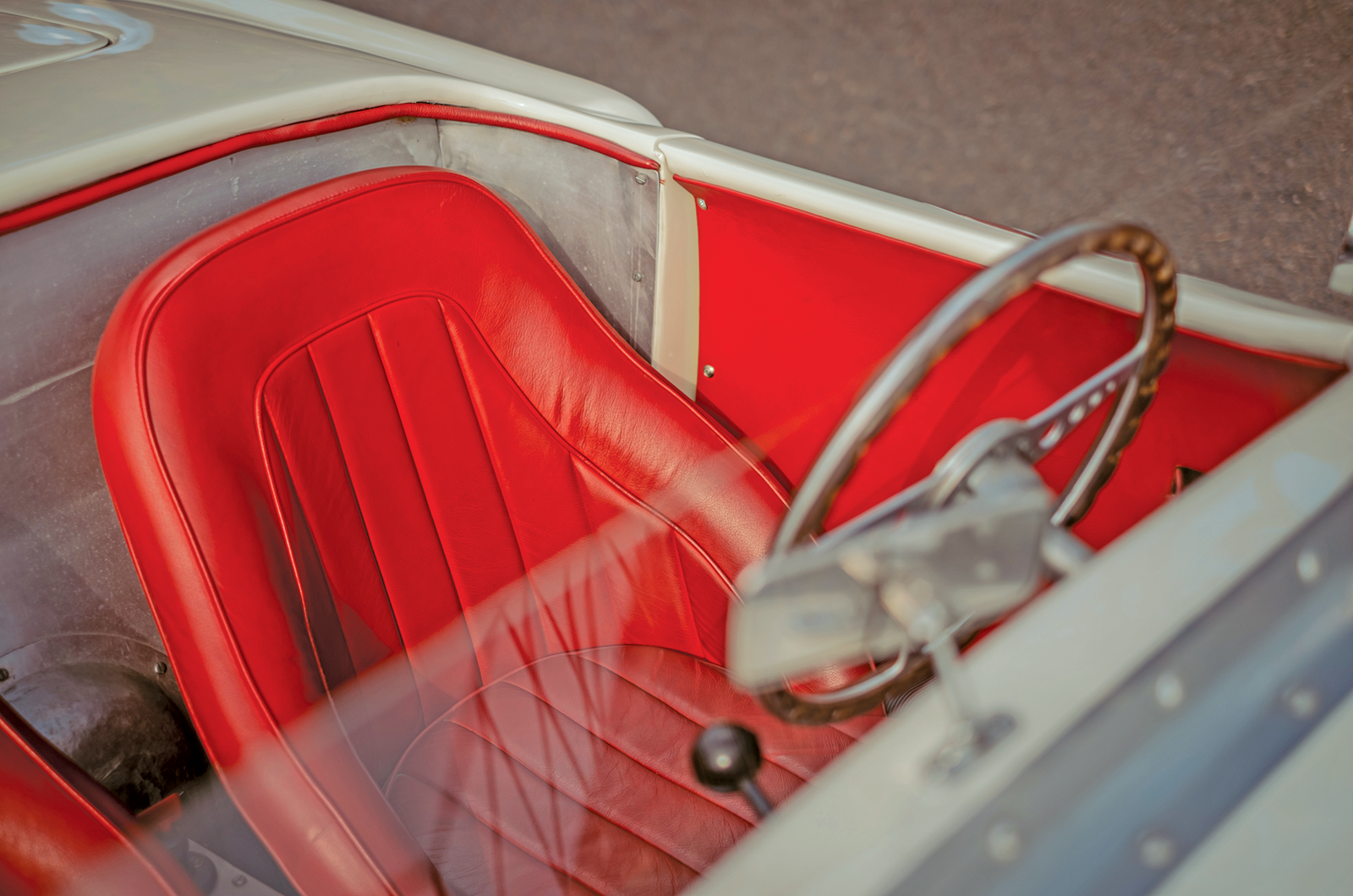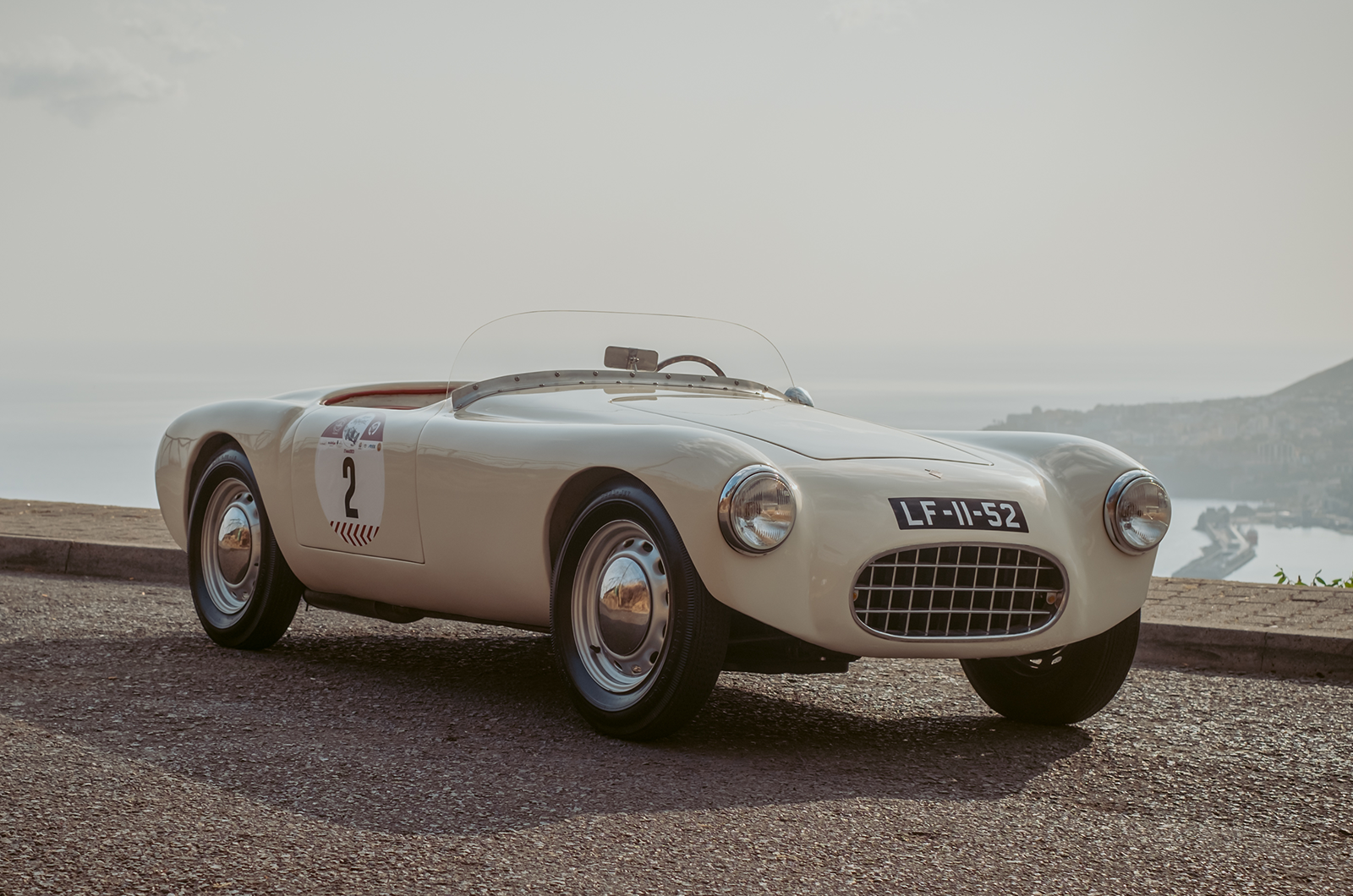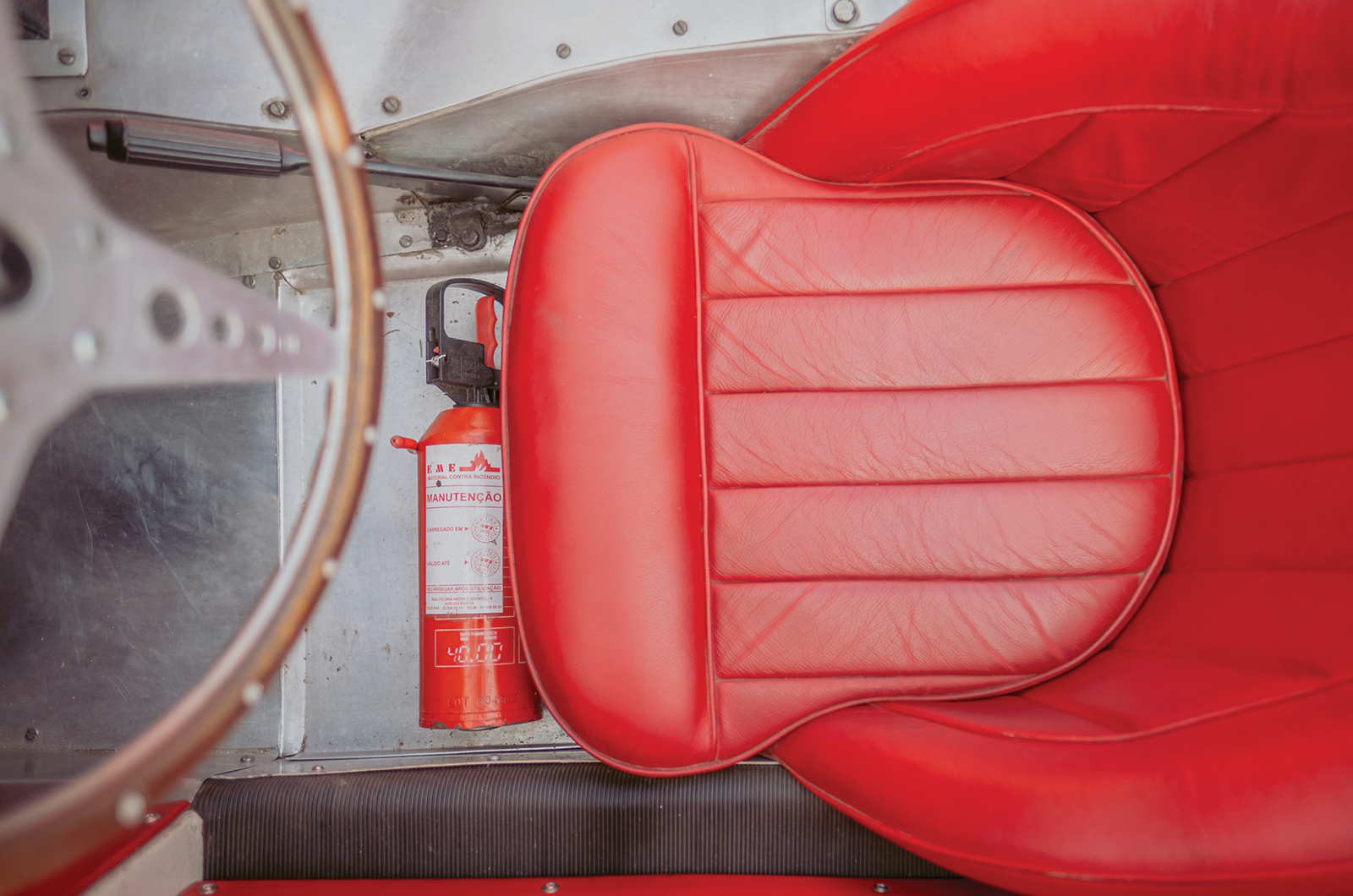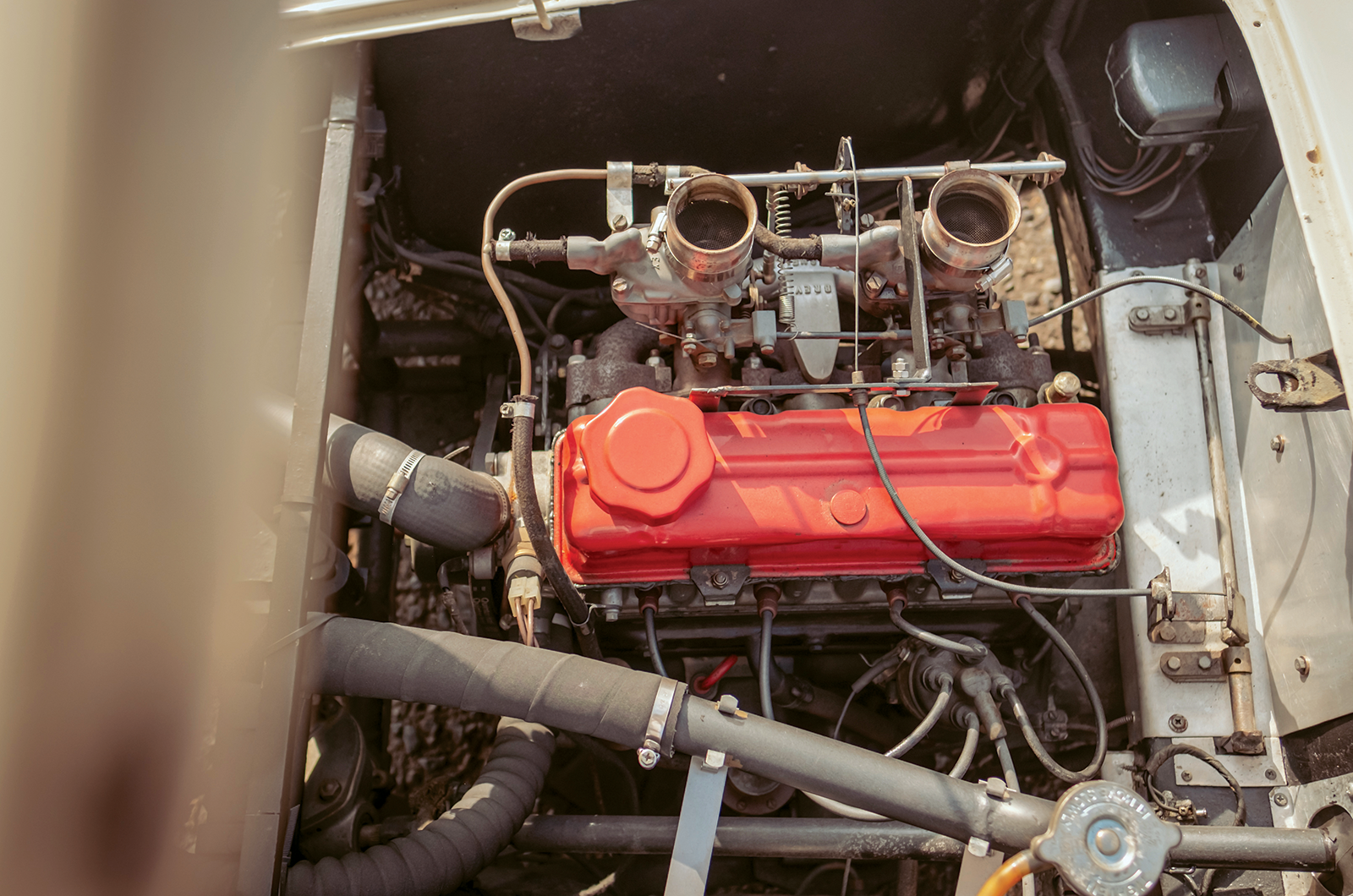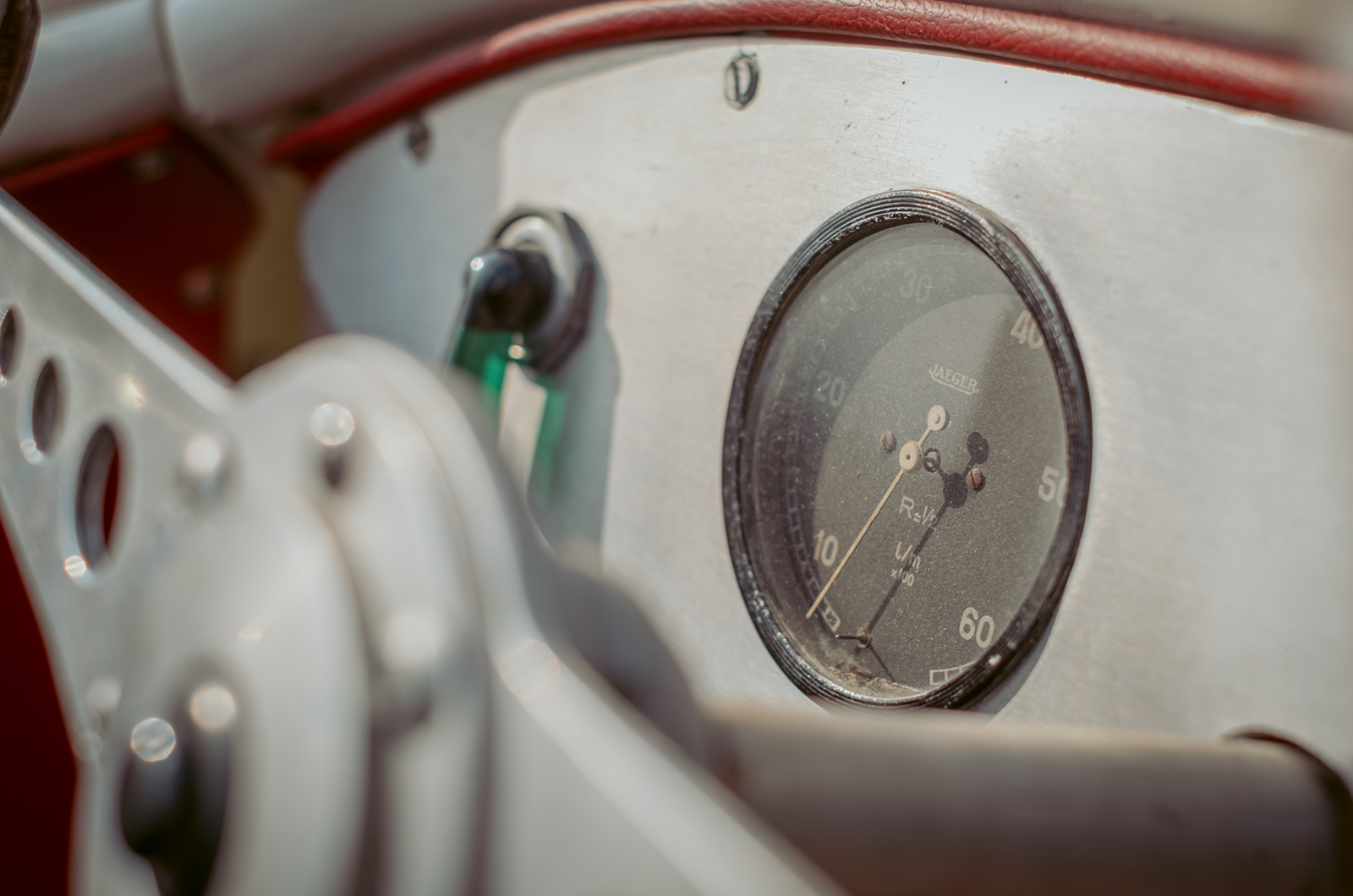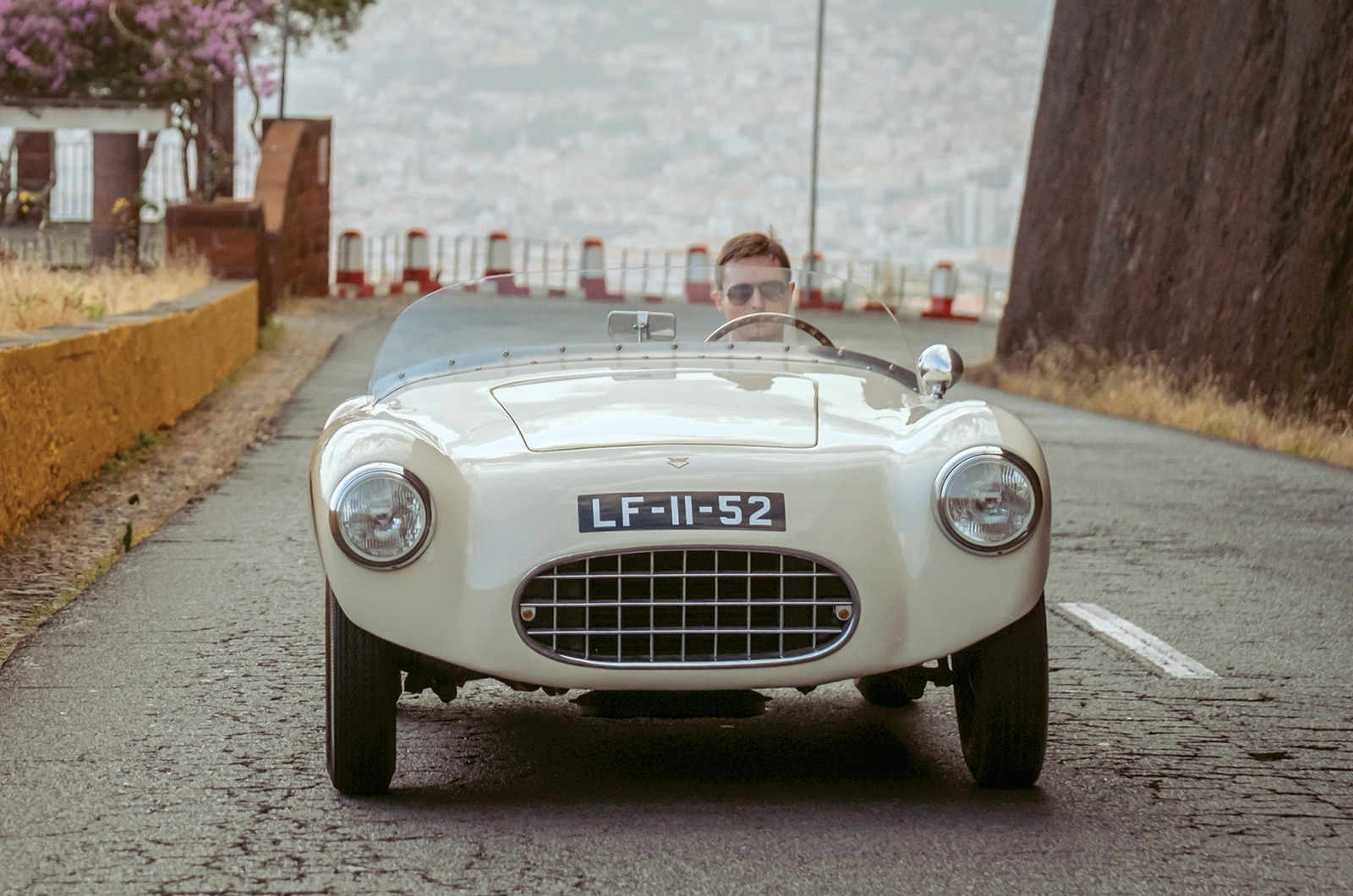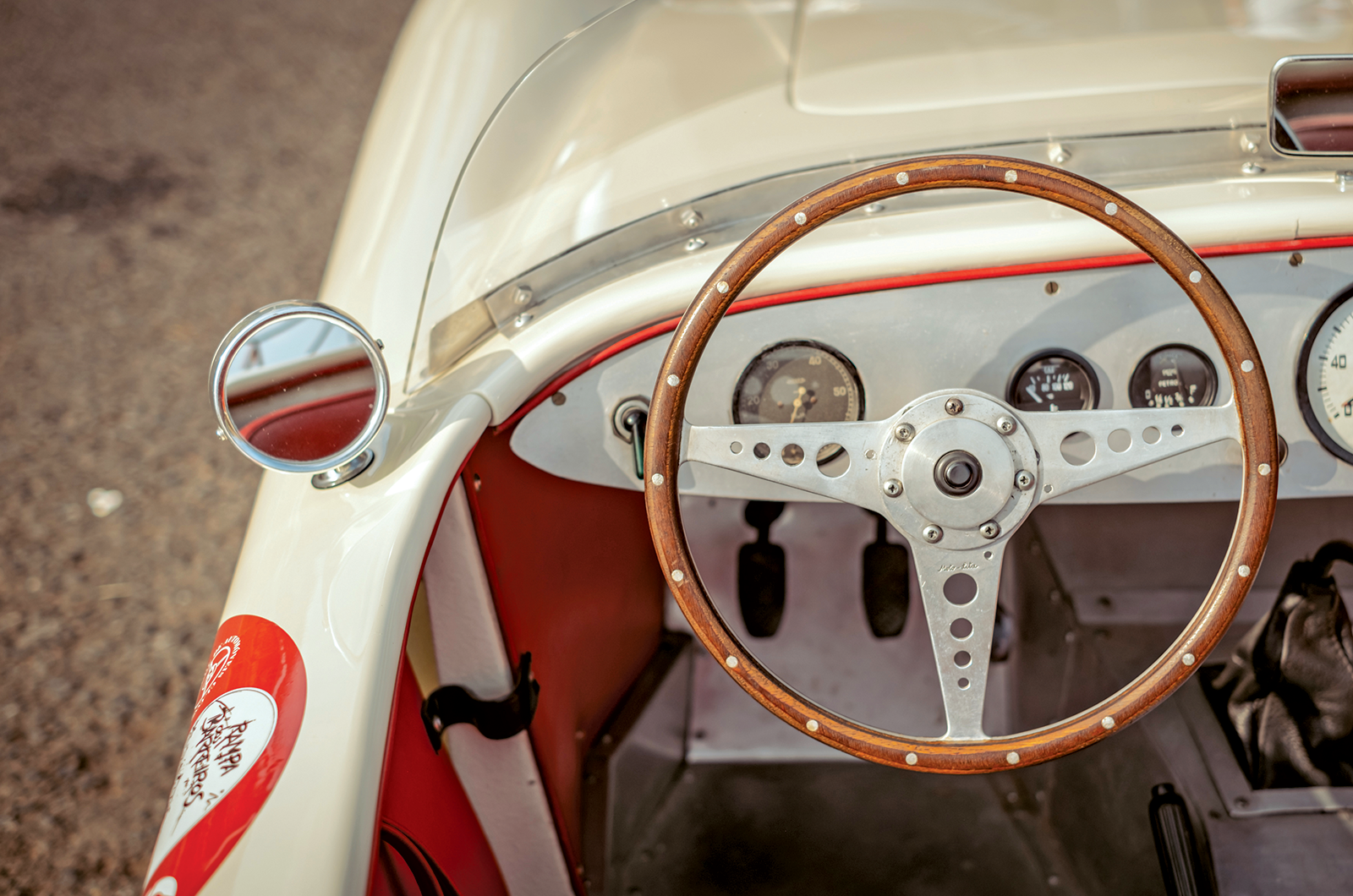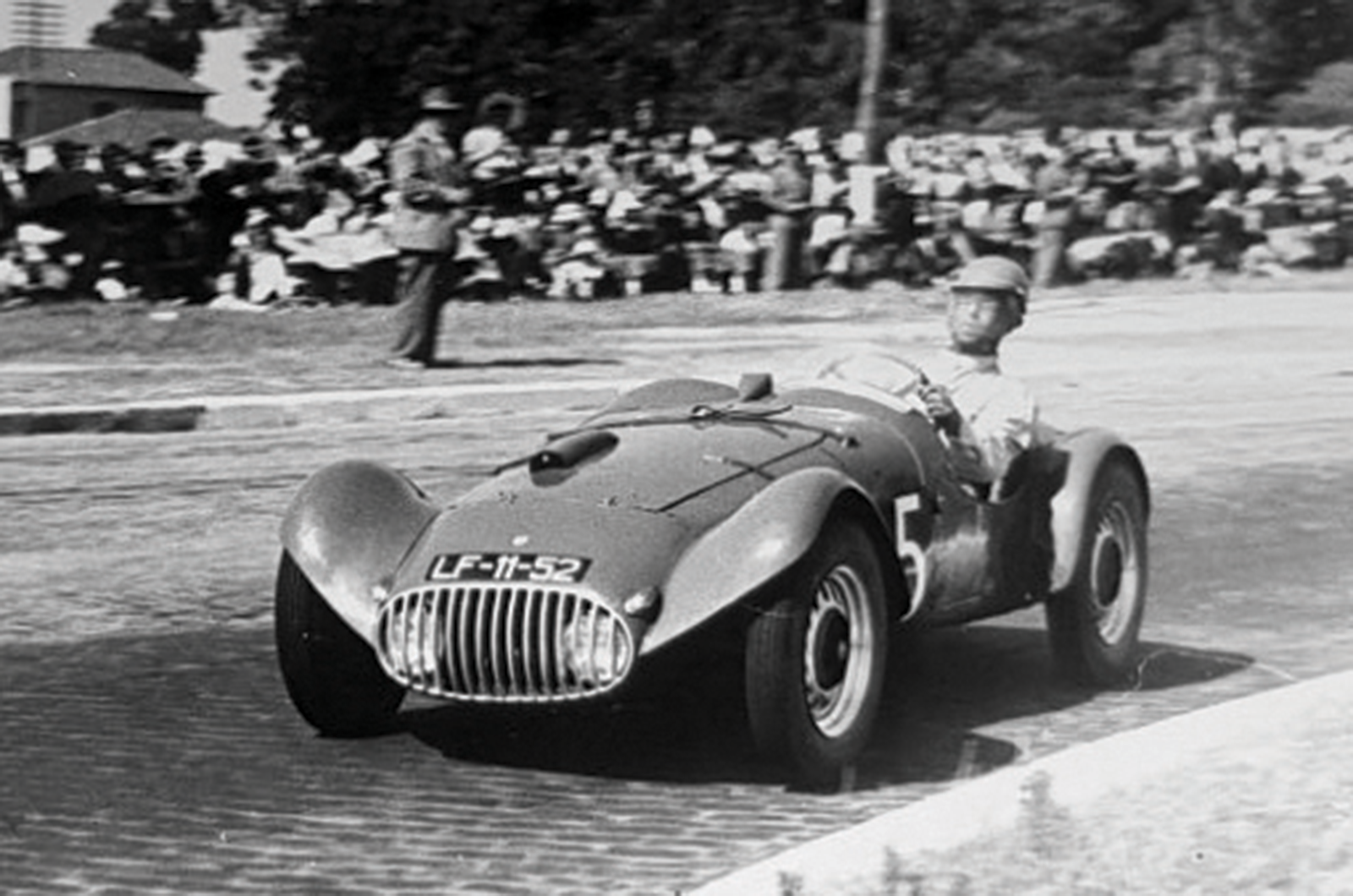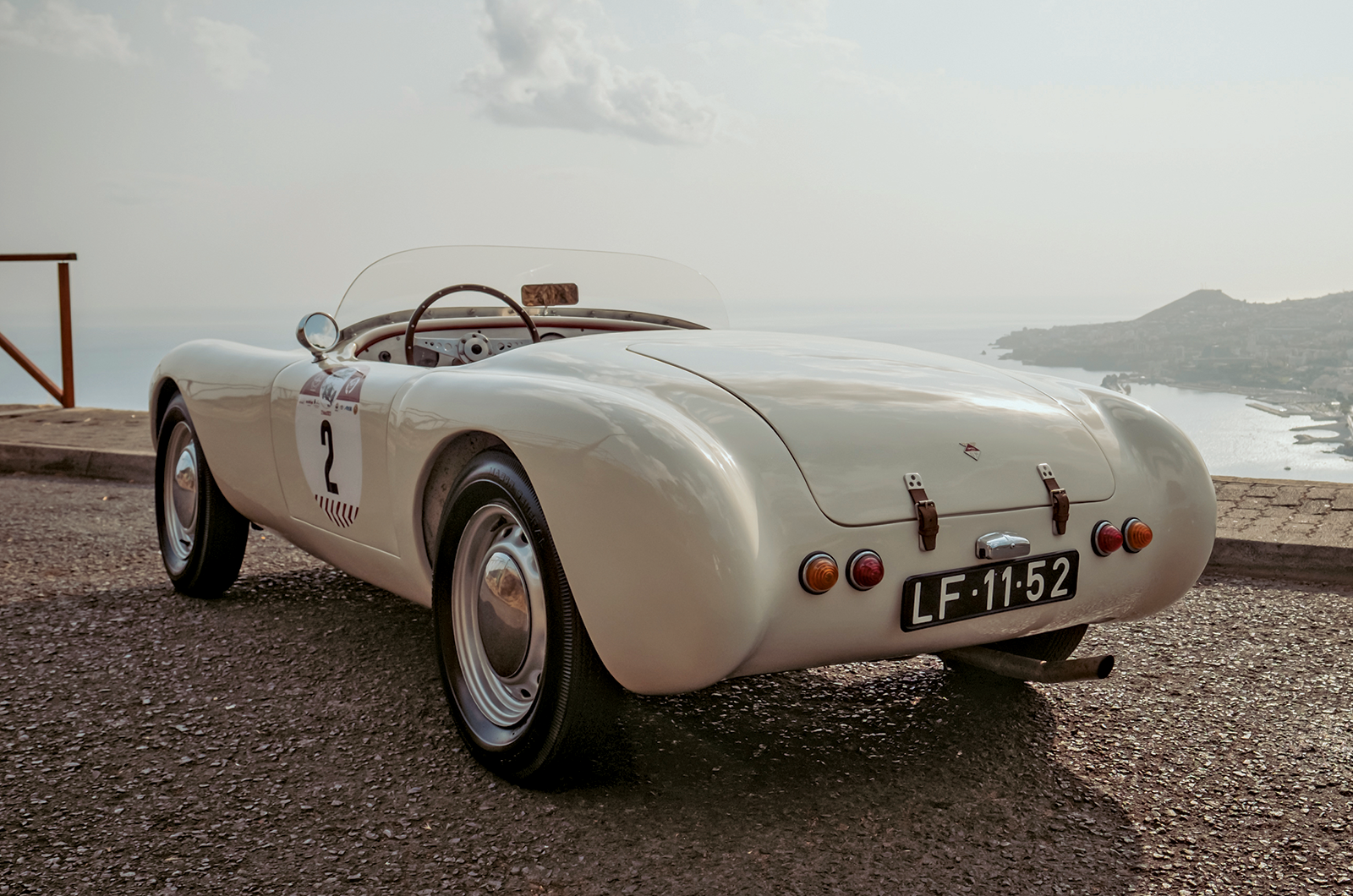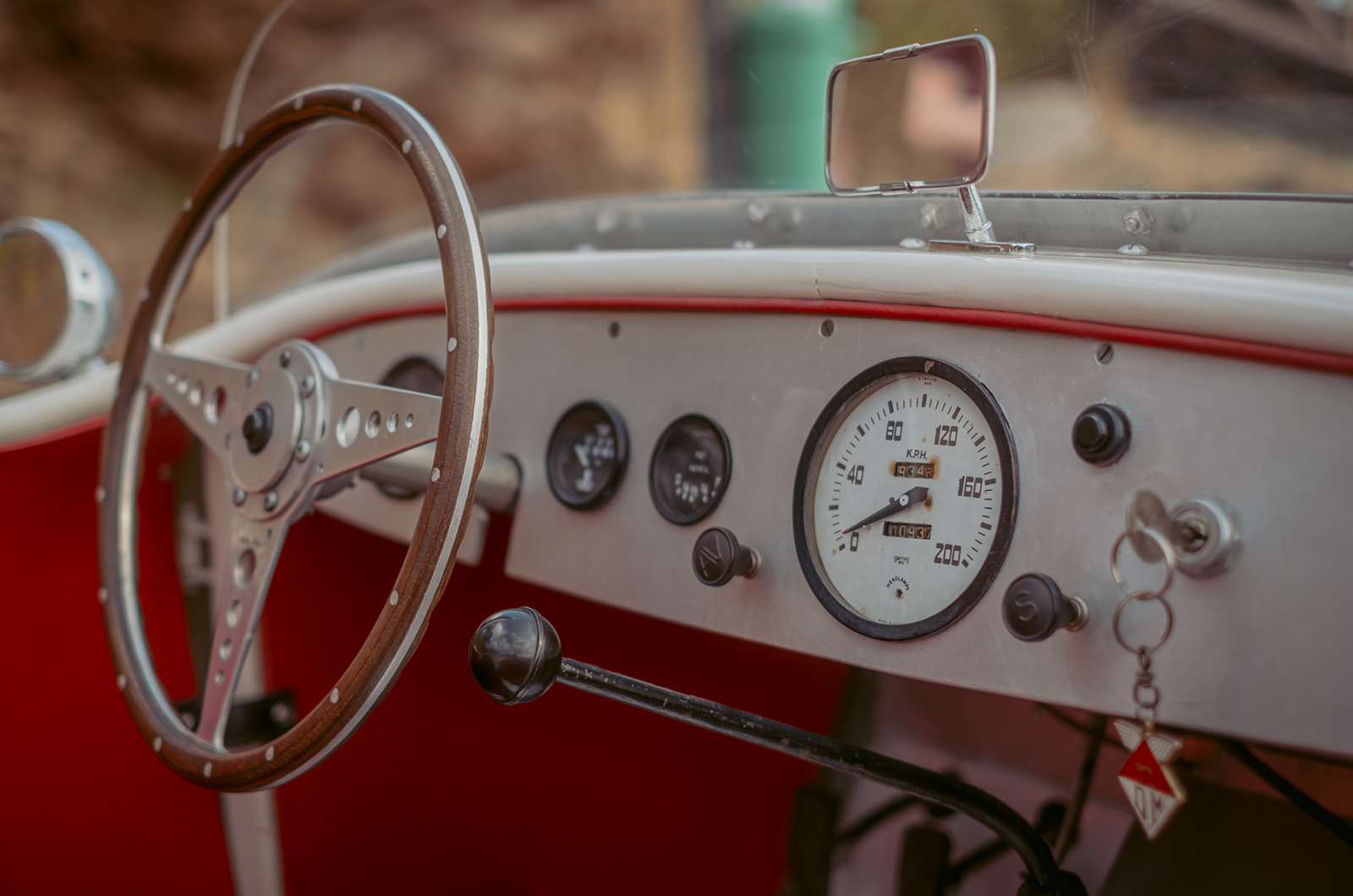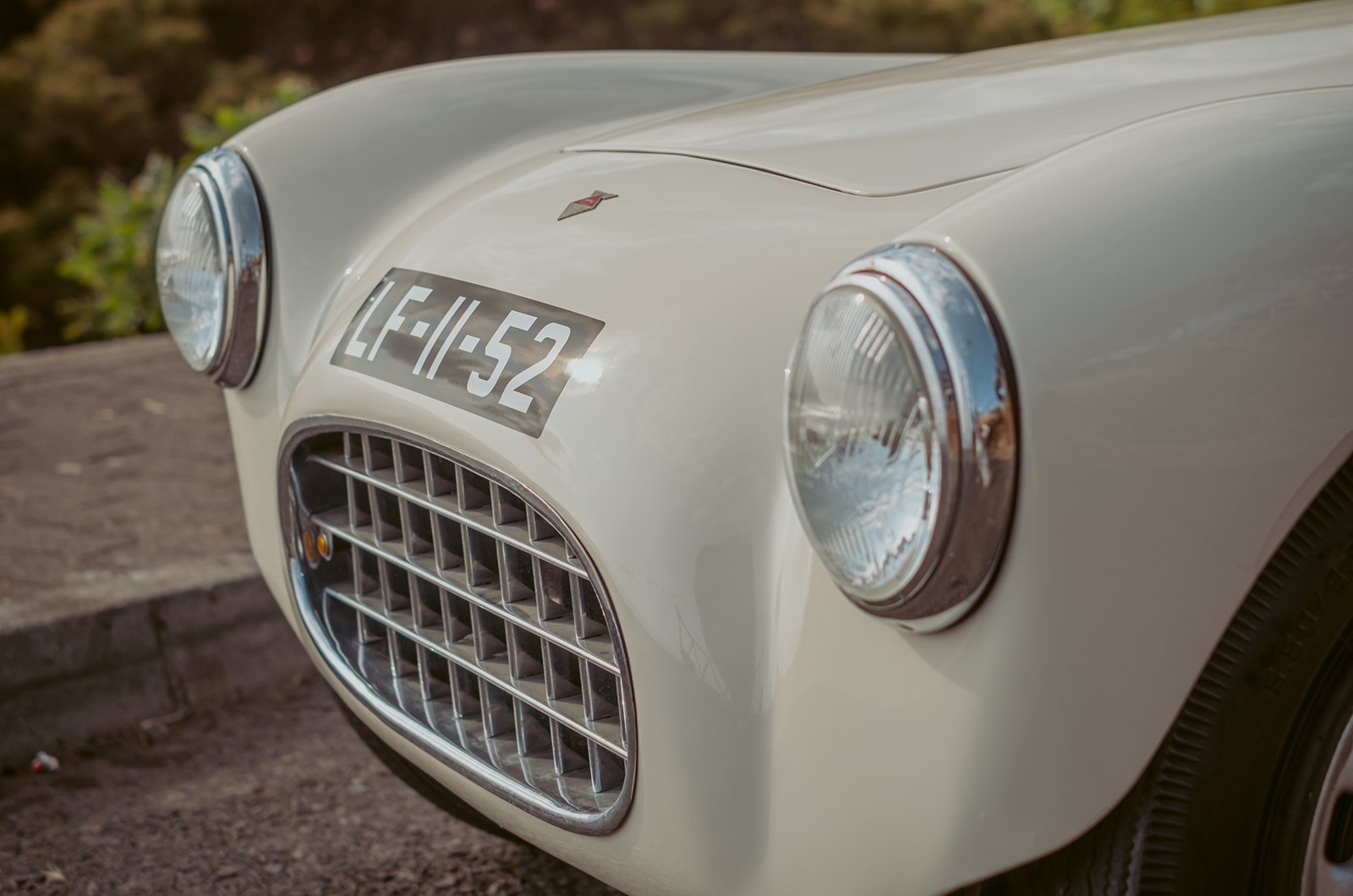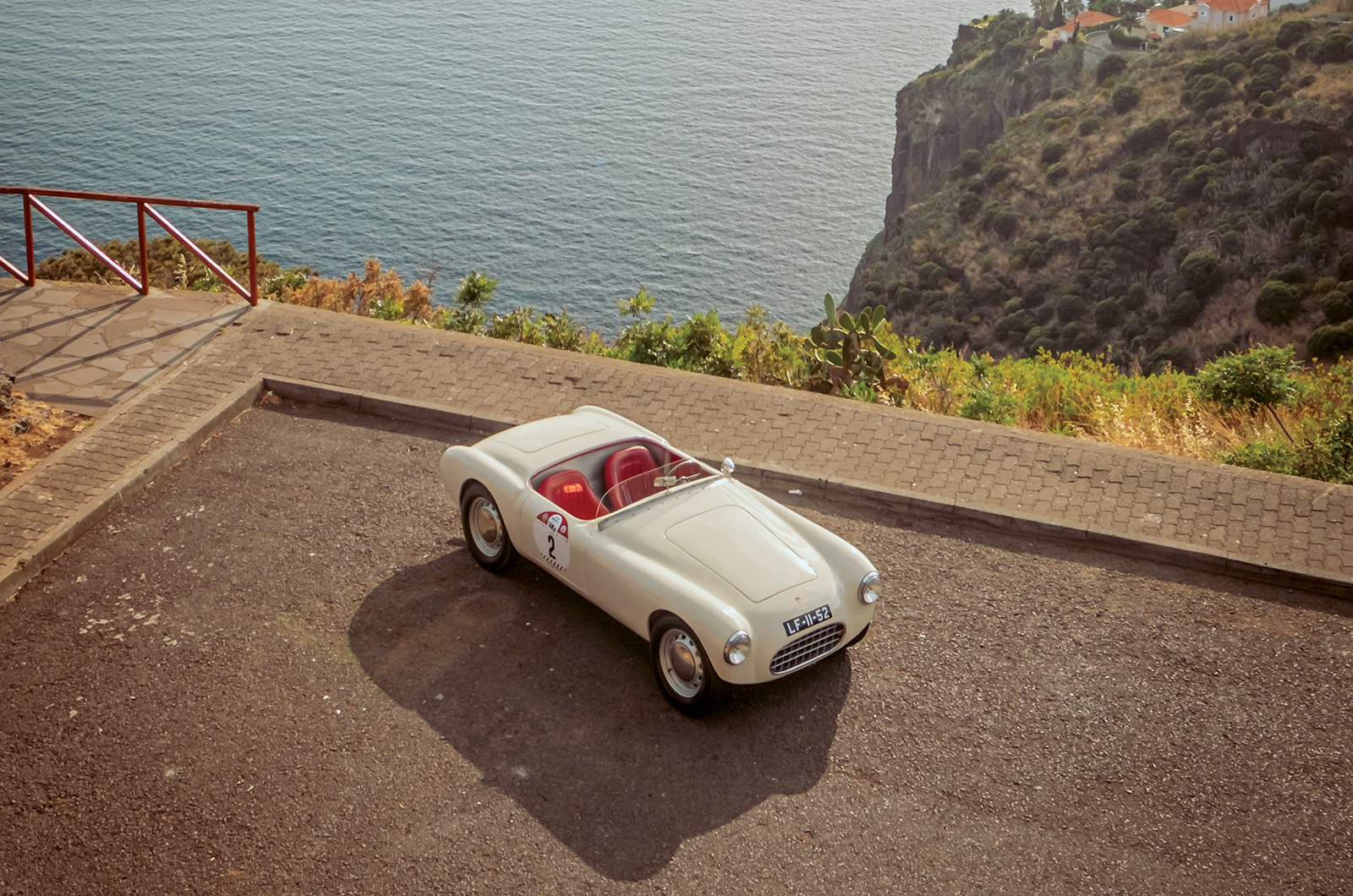In slower turns, an eccentricity with the geometry and steering lock threatens excessive scrub, although uphill the understeer is more easily avoided.
The brakes are as strong as you can expect of all-round drums, fighting fade only in the sense that there is little bite to begin with – but there is not much car to stop.
Changing down and settling the rear axle into its next charge demands more of your concentration.
The Dima’s simple design still looks elegant
The cockpit is so small that you never completely sit ‘inside’, but the major controls are managed with only minor contorting of the limbs, and a passenger can even be taken in relative comfort.
The minimal effects of the aeroscreen are likely undermined by plump seat bases installed during restoration.
Apart from a bit of trim and paintwork, however, LF-11-52 has survived in remarkably original form.
And yet if the DM’s fate hadn’t been to become one of Portugal’s first – and few – lost manufacturers, it’s likely that this car would have been rebodied once again to continue facing the fast-evolving competitors pouring into the sub-1500cc classes.
This DM Dima is all that remains of this lost Portuguese car maker
Perhaps it would have morphed into the Italianate form of the Alba or been reworked into a mid-engined layout echoing the Porsche 550 Spyder, only to be challenged by the Cooper-Climaxes that would soon be part of Circuito da Boavista’s brief inclusion in Formula One.
As it is, sitting at the crest of one more conquered climb, this sports-racer marks the point at which pioneering post-war enthusiasts such as Mateu and de Melo were hoping to turn their growing passion for motorsport into something more serious.
Images: Joel Araújo
Thanks to: Margarida Patrício Correia and Pedro Filipe; Visit Madeira
READ MORE
Meet the classic cars of Madeira
Osca MT4: Maserati in miniature
1948’s game changers: Ferrari 166MM
Aaron McKay
Aaron is Classic & Sports Car’s Deputy Editor
